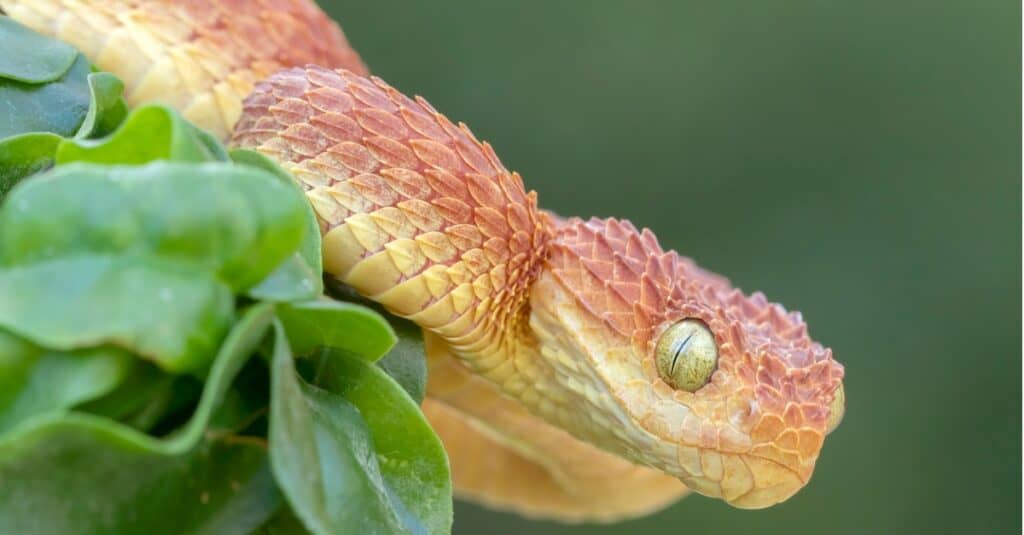Introduction
When it concerns venomous serpents, Australia is home to several of one of the most interesting and unsafe varieties on the planet. Amongst these, the Tiger Snake stands out not only for its powerful venom but additionally for its interesting actions. Recognizing the behavior of venomous serpents like the Tiger Snake is important for both wild animals enthusiasts and those staying in areas where these snakes exist. This write-up delves into various elements of Tiger Snake behavior, environment, identification, precaution, and first aid techniques in case of a serpent bite.
Understanding the Actions of Venomous Snakes Like the Tiger Snake
The Tiger Snake, medically called Notechis scutatus, is notorious for its hostile nature when threatened. These serpents exhibit a series of behaviors that can be fairly various from their non-venomous equivalents.

Characteristics of Tiger Snakes
The Tiger Snake is quickly recognizable as a result of its distinct bands or stripes that appear like a tiger's markings. They can vary in shade from yellowish-brown to dark olive or black. This coloration offers not just as camouflage yet additionally as a warning signal to prospective predators.
Adaptability to Environment
One amazing aspect of their behavior is their flexibility to numerous environments. Found largely in coastal areas, marshes, and marshes across Australia and Tasmania, they can flourish in varied environments consisting of metropolitan areas.

Hunting Techniques
Tiger Serpents are ambush killers largely feeding upon fish, frogs, and tiny creatures. They have eager eyesight and an acute sense of odor which aids them in situating target effectively.
Venom Composition
Their venom includes neurotoxins that influence the nerve system, leading to paralysis or death in smaller sized animals. For humans, immediate clinical attention is vital Local Effects after a tiger snake bite due to its possibly lethal effects.
Natural Environment of Tiger Snakes
Preferred Locations
Understanding where these serpents reside clarify their behavior patterns. The tiger serpent habitat includes:
- Coastal regions Swamps Grasslands Urban areas with abundant water sources
Seasonal Movements
During warmer months, Tiger Snakes are a lot more active as they bask in sunlight or search for food. In contrast, colder months see them pulling away right into hibernation sites.
Are Tiger Snakes Venomous?
Yes! The question "are tiger serpents poisonous?" typically arises among those unfamiliar with this varieties. Their poison is taken into consideration among the most dangerous amongst all serpent species worldwide.
Symptoms of a Tiger Snake Bite
If bitten by a tiger snake, signs and symptoms may include:
- Localized pain Swelling at the bite site Nausea and vomiting Sweating and confusion
Immediate clinical aid is vital as unattended bites can bring about severe health difficulties or even death.
First Help for Serpent Bites: Quick Action Guide
Knowing just how to provide emergency treatment for a snake bite might conserve somebody's life. Here's what you need to do:
Step 1: Continue to be Calm
Keeping calm helps reduce heart rate which minimizes poison spread.
Step 2: Paralyze the Affected Area
Keep the influenced arm or leg still and listed below heart degree if possible.
Step 3: Call Emergency Services
Always seek expert clinical aid quickly after a serpent bite.

First Aid for Snake Bite Kit Essentials
A fully equipped snake bite emergency treatment kit ought to include:
- A compression bandage Antiseptic wipes A set of scissors An ice bag
Safety Precautions: Preventing Serpent Bites in Australia
Awareness Programs
Educating communities concerning local snake types and their behaviors can dramatically reduce encounters leading to bites.
Avoiding Dangerous Areas
Staying far from lengthy yard during warmer months reduces call with serpents that could be resting or hunting.
Common Mistaken beliefs Concerning Tiger Snakes
Many individuals believe misconceptions regarding the habits of tiger snakes cause unnecessary fear. Right here are some explanations:
Myth 1: All Tigers Are Aggressive
Not all tiger serpents will display aggressiveness if left undisturbed; several favor running away as opposed to confrontation.
Myth 2: They Chase Humans
Tiger snakes do not actively go after people; they might strike when they feel threatened however will typically pull away if given space.
Conservation Initiatives Associated with Poisonous Snakes
Conservation initiatives focus on enlightening communities regarding protecting neighborhood wildlife while lessening human-snake interactions.
Importance of Ecosystems
Understanding that venomous snakes play http://marioiujs399.theglensecret.com/eastern-brown-snakes-vs-tiger-snakes-understanding-their-differences-and-risks a crucial role in keeping eco-friendly equilibrium aids foster admiration as opposed to fear towards them.
FAQs Concerning Tiger Snakes
What needs to I do if I come across a tiger snake?- Maintain distance and slowly pull back without abrupt movements.
- While attacks aren't exceptionally common due to understanding initiatives, they still happen yearly within Australia.
- Baby tiger snakes can provide complete dosages of venom regardless of being smaller sized; therefore care is recommended around them.
- They mainly consume frogs, fish, small creatures like rats, and various other reptiles.
- It's illegal in the majority of jurisdictions without proper licensing due to security issues concerning their venom.
- Wear sturdy boots and stay on marked routes; appearance before putting hands or feet into concealed areas like rocks or logs.
Conclusion
Understanding the behavior of venomous snakes like the Tiger Serpent not just enhances our understanding but additionally promotes security awareness among those living near their habitats. From identifying their characteristics, understanding emergency treatment protocols complying with a bite, Aggressive Australian snakes with involving preservation initiatives-- every element plays a crucial function in fostering coexistence with these interesting reptiles while appreciating their place within our ecosystem.
As we deepen our understanding with education and experience, we contribute positively toward making sure both human safety and wildlife conservation-- profiting all celebrations involved!